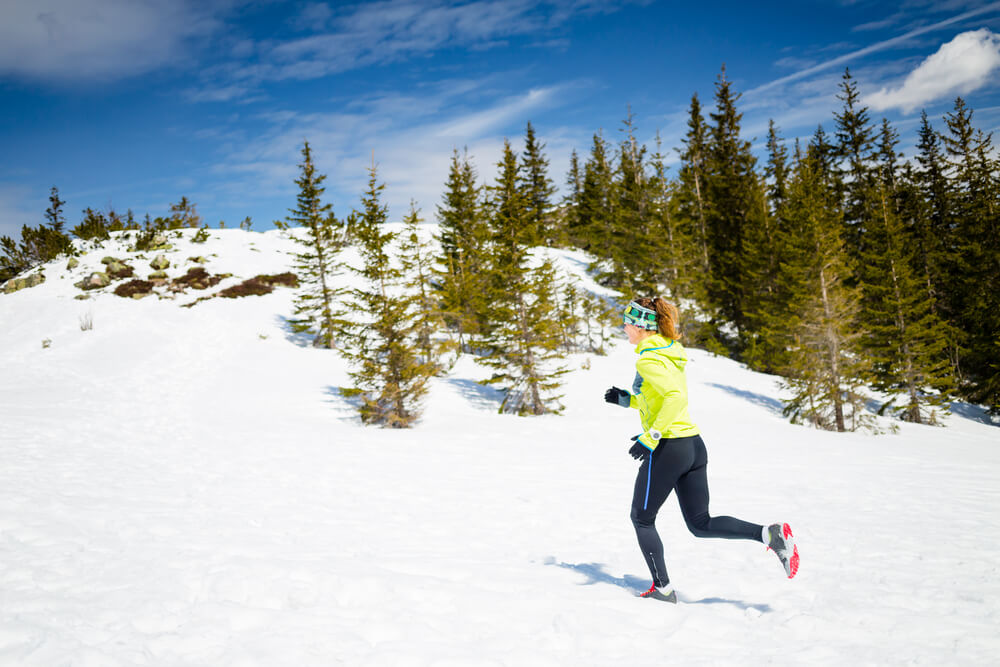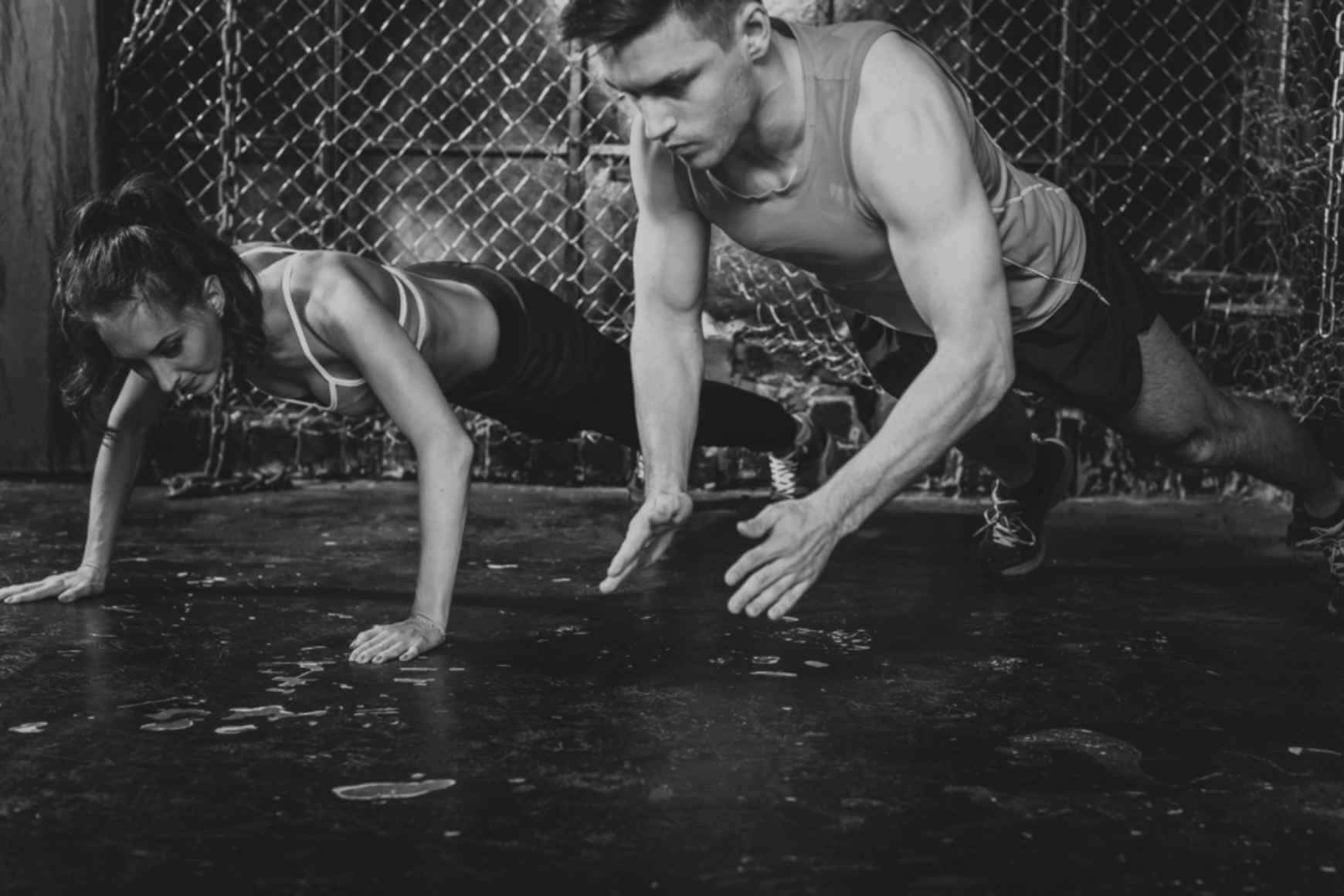When we think of dangerous sports, we often think of activities that produce the most…
Yoga + Running: A Beautiful Partnership
When I first started running, I wasn’t serious about it. The true reason I even set foot on a treadmill the first time was for my best friend’s wedding. She was getting married soon and wanted to be in her best physical shape. As her best friend, I went to the gym with her for moral support and decided to run because no other equipment was available. Thus was the beginning, however, of an unexpected, life-long passion. Almost 10 years later, I am still running, and I have graduated from novice to passing fair, participating in dozens of half-marathons, 10ks, and other organized races. Among the many techniques, tips, tricks and training regimens that have helped me become a better runner, one of the most positively impactful has been incorporating yoga into my workout routine.
Yoga is a truly dynamic form of exercise. It is multi-functional, used by some for relaxation, others for weight-loss, and still others for toning and strengthening. It is multi-beneficial, providing practitioners with peace of mind, strength of body, and even strength of soul. And, yoga is multi-cultural and multi-generational. There are different types of yoga for every age group, every level of skill, and every purpose. However, if you’re anything like me, you might be thinking: Ok, all of this is great. I’ve heard yoga is good. But how can it really, specifically help me?
Specifically, there are 3 yoga poses that I believe have directly improved my running. Obviously, yoga will affect each individual differently; however, the overall benefits of these and many other yoga poses can be felt by anyone.
- Plank Position: Strong core, strong lower back, strong triceps, strong biceps: these are all the ways plank position can impact your body. Planking is a seemingly simple pose where all you have to do is position your body as if you were going to do a pushup: hands flat on the ground, toes supporting your weight, body raised and parallel to the ground. The hard part, the part that builds your strength, is holding this position. Many people will hold plank position at different time intervals. For beginners, it’s a good idea to hold plank for 20-30 seconds, rest for the same amount of time, then try again.
Pro tip: If you’re an expert plank-er and you want a challenge, try incorporating pushups with your plank. Lower your body halfway to the ground, hold for a few seconds, then push back to original plank position. Lower your body all the way to the ground, hold for a few seconds, then push back to original plank position. Not only will this strengthen your core, you’ll be building incredible muscle tone in your triceps and biceps.
How this helps me as a runner: After incorporating yoga, and specifically focusing on planks and plank pushups, I noticed something incredible while I was running: I was much less winded, and my body felt lighter. As my core got stronger, I felt less like my body was weighing me down, and more like my body was propelling itself forward. My core muscles felt taught, my breathing was steadier, and I felt like I could run for longer.
- Downward Dog: One of my most common ailments after a long run is a sore lower back. Runners put so much pressure on their lower backs, and downward-facing dog is a great way to stretch out a tight, sore lower back. Not only does this position help relieve pain, it also stretches your arms, quads, and laterals. By essentially making a tent with your body, pushing hands and feet down towards the ground and stretching rest of your body towards the sky, you are truly lengthening all of your muscles, and you’ll feel a great release of tension!
How this helps me as a runner: As stated above, I love downward dog for its ability to stretch out my lower back. I often will do this pose in the morning, after a run, and before bed. It is such a quick, easy way to stretch out my back, and it doesn’t have to be limited to recovering from a run. By practicing this pose multiple times a day, I relieve the pain accumulated from sitting at my desk, sitting in my car, standing up for too long, etc., and by ridding myself of a constant source of pain, even if it’s not so debilitating, I know I’m strengthening my body long-term.
- Seated Twist: Much like downward dog, seated twists target your back and upper body. Seated twists start in a cross-legged position, or by straightening one leg and crossing the other leg over, bent at the knee. Then, you simply twist your body one muscle at a time, until you are looking over your shoulder. Make sure you are moving each muscle slowly and deliberately, feeling the muscles stretch and lengthen.
How this helps me as a runner: Running is a very vertical activity. Our bodies stay in one, vertical position for extended periods of time, and therefore we can accumulate a lot of tension in our necks and backs. Seated twists allow me to give my body that lateral movement it sorely lacks while running, and it helps me address any muscle stiffness in my neck and shoulders especially.
These 3 poses are by no means the only poses that can help runners strengthen, repair, and relieve pain caused from training. There are so many exciting benefits yoga has to offer, and it’s up to you to explore and find what works best for you! My life as a runner has been greatly improved by yoga, and I hope you find the same success!
Holly Carsten
Editor in Chief
Anjuna Medicine
Holly is a former high school English teacher and volleyball coach, currently working with Anjuna Medicine as Editor in Chief for their marketing department, and Greenlight Me, a start-up based in Atlanta. She is an experienced marketing writer, producing marketable content for a variety of small businesses, assisting in reviewing and editing over 5 published novels. Holly is passionate the written word and its innumerable benefits, including its ability to promote, market, educate, influence, and impact. In her free time, Holly enjoys running and playing volleyball. She is working towards training for her first full marathon! She loves being outside and spending time with her family (and pets!)
Image sources:
https://www.flickr.com/photos/
https://www.flickr.com/photos
https://www.flickr.com/photos



